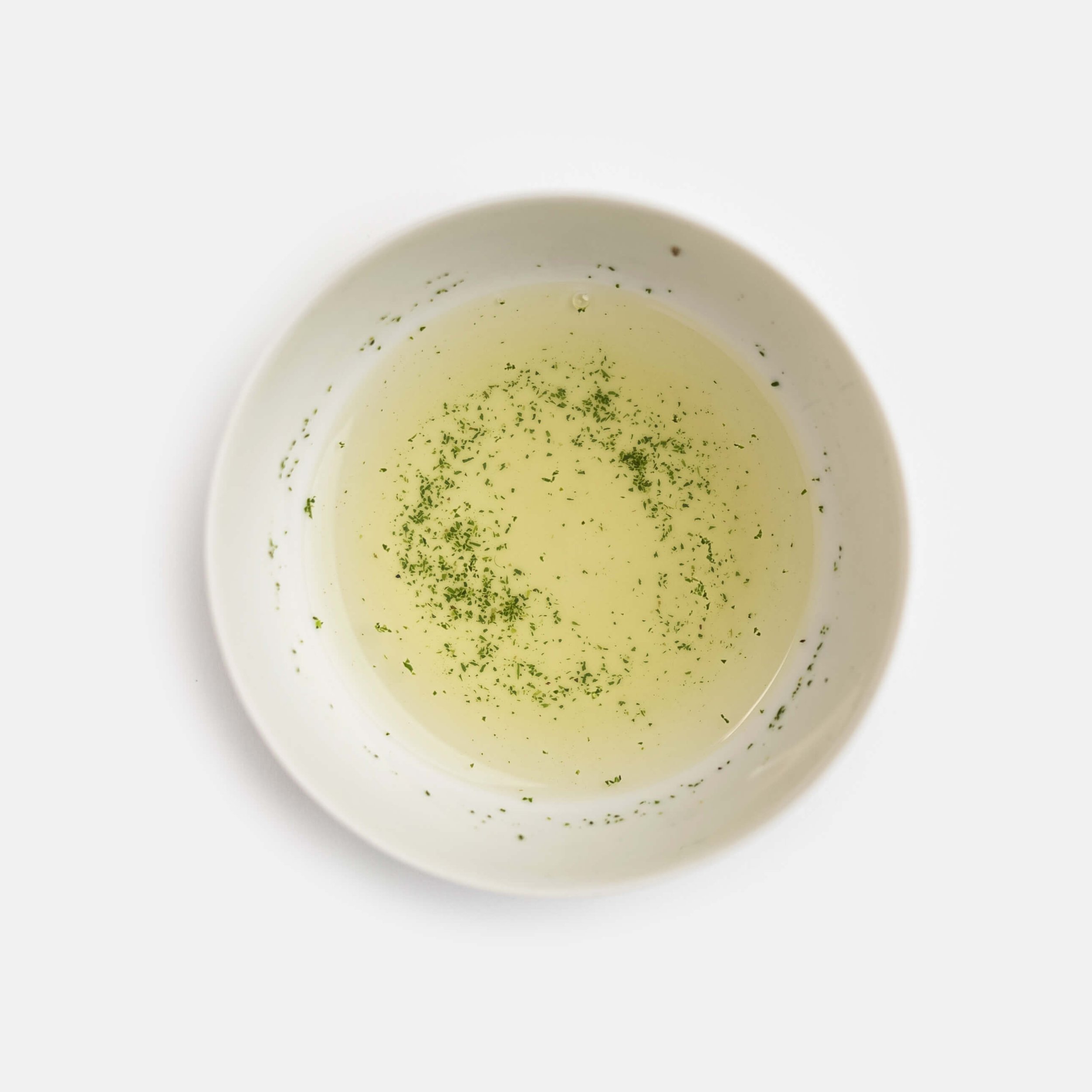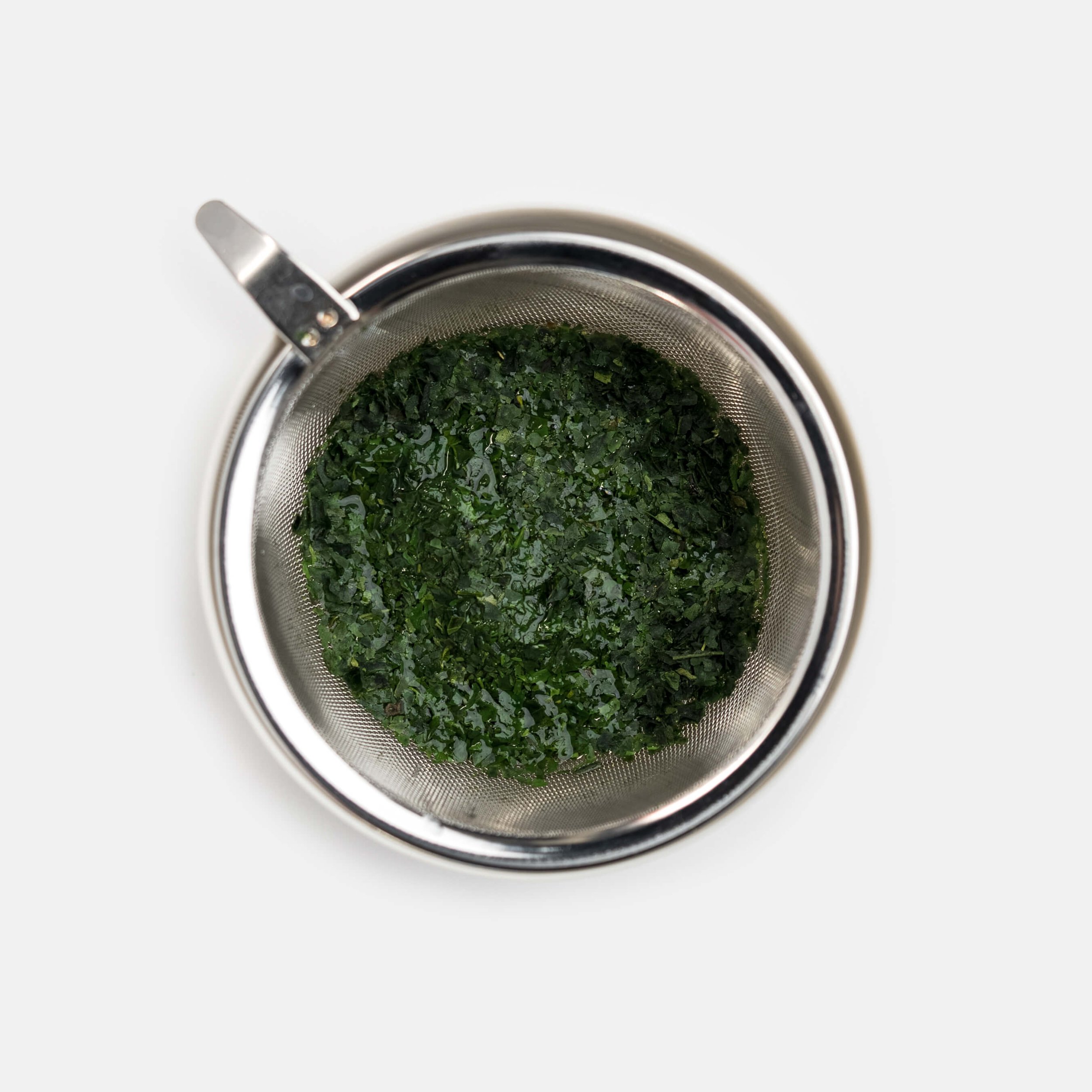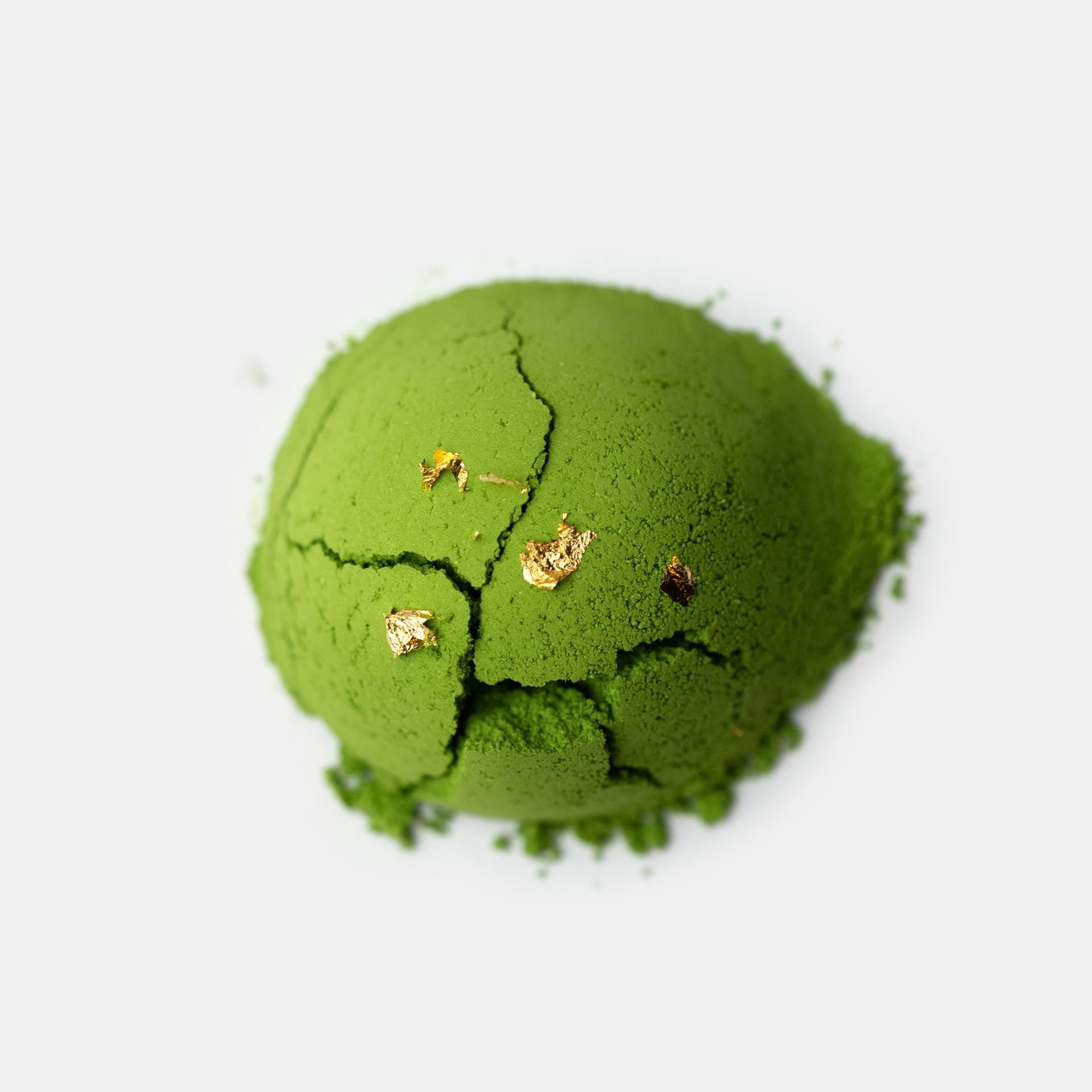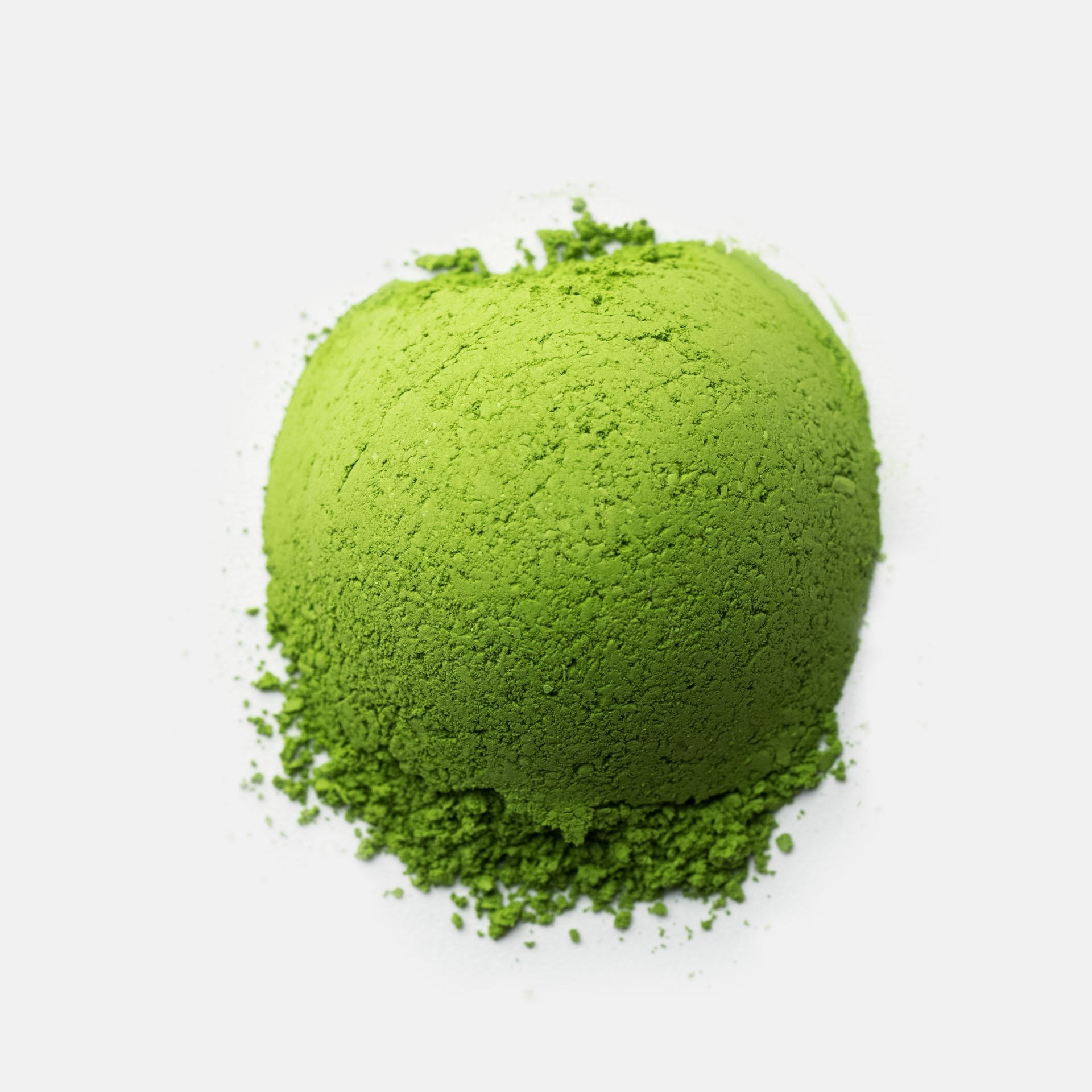 Image 1 of 2
Image 1 of 2

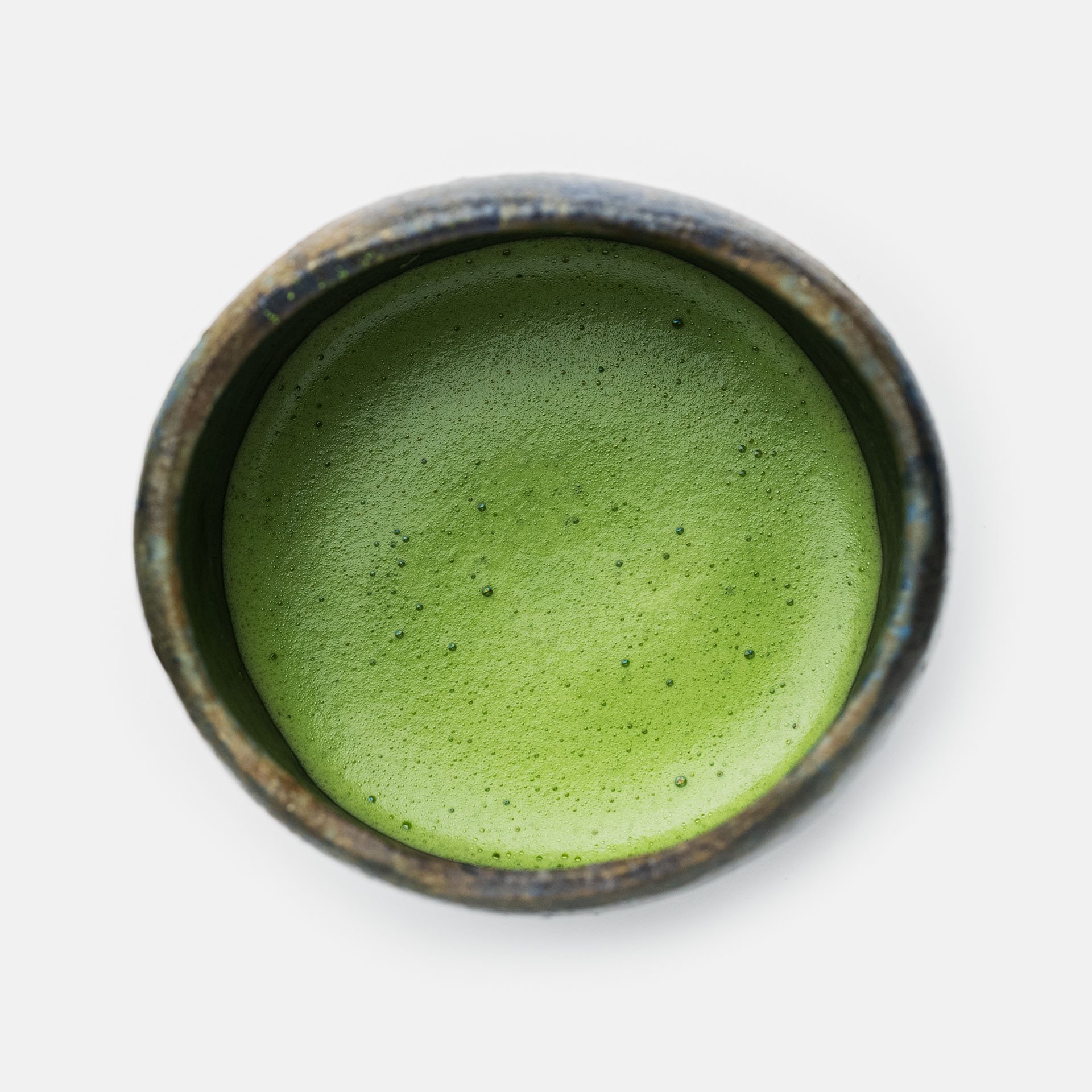 Image 2 of 2
Image 2 of 2



Okumidori Matcha - Kurazumiさん Hoshino. 20g
TASTING NOTES
Smooth. Lavender. Rock salt.
A polite and approachable Matcha reminiscent of lavender floral notes with aroma of butter seared scallops from the legendary Kurazumiさん.
🏆 Awarded Producer
Recipient of the highly prestigious Minister of Agriculture, Forestry and Fisheries Prize (農林水産大臣賞.)
Stone-Milled: Fresh Ground in Lawrenceville, NJ
TASTING NOTES
Smooth. Lavender. Rock salt.
A polite and approachable Matcha reminiscent of lavender floral notes with aroma of butter seared scallops from the legendary Kurazumiさん.
🏆 Awarded Producer
Recipient of the highly prestigious Minister of Agriculture, Forestry and Fisheries Prize (農林水産大臣賞.)
Stone-Milled: Fresh Ground in Lawrenceville, NJ
TASTING NOTES
Smooth. Lavender. Rock salt.
A polite and approachable Matcha reminiscent of lavender floral notes with aroma of butter seared scallops from the legendary Kurazumiさん.
🏆 Awarded Producer
Recipient of the highly prestigious Minister of Agriculture, Forestry and Fisheries Prize (農林水産大臣賞.)
Stone-Milled: Fresh Ground in Lawrenceville, NJ
2024 Vintage
Kurazumiさん’s Matcha sets the standard for what Yame Matcha can be. Luscious, silky, and wonderfully milky. When you whisk and drink a bowl of the Matcha as Usucha, you’ll immediately think of frothed or steamed milk.
The full body, with pleasant floral tones and a gentle undertow of bitterness, balances the tea. Also, Nori notes, lavendar-like sweetness, and an inviting green color. Shaded with traditional rice reeds and bamboo, and handpicked, the tea is deeply traditional in its cultivation, reflected in its smooth fragrance and savoriness.
Ooika is thrilled to carry Kurazumiさん’s Okumidori cultivar. A multi-generation true master of tea production, and a four-time first-place winner of the highly esteemed National Tea Competition (全国茶品評会), most recently in 2023 within the most distinguished category: Gyokuro.
The tea plants used to create this Matcha were grown in the field directly opposed to this year’s first-place tea in all of Japan for 2023. It can not be overstated how important this is.
-
Kurazumiさん’s Matcha is perhaps one of the most sincere representations of Matcha from Yame, Fukuoka. First place winner of the highly esteemed 2018 National Tea Competition (第75回全国茶品評会) Gyokuro category, and his father holds over 5 First place awards in the same category.
We can discuss the terroir: rolling, foggy hills, in the mountains of northern Fukuoka Prefecture. Ideal for tea, the cool damp terroir has wide temperature fluctuations between night and day which is well suited for tea plants, and increases the sweetness.
Kurazumiさん operates one of the oldest Tencha factories in Japan at over 90 years old. This factory is only turned on once a year, and it takes an entire night to heat up.
Most impressively is the rigorous production methods, which include 100% hand picking, known as Tezumi (手摘み) and Komo, Woven Rice Straw 稲わらを編んだもの(簀巻、こも) shading. There are few farmers in Japan that continue these ancient practices—Kurazumi is one of them.
This year, 2024, Kurazumiさん took first place for the 4th time in Japan’s most important tea competition — the National Tea Competition of Japan.
This year’s competition was held in Yame to celebrate the region’s 600 anniversary in tea production. There’s a poetic beauty in Kurazumiさん winning the award this year — representing both his own person skill, as well as the excellent terroir Yame where he grows his tea.
-
To make a fresh and smooth bowl of Usucha or Koicha, follow our whisking instructions.
-
Long-term Storage: Store unopened Ooika Matcha in the refrigerator. Consume within 6 months.
Room-Temp Short-term Storage: Store opened Ooika Matcha in a cool, dark place away from sunlight. Consume within 3 months.
Refrigerator Short-term Storage: Opened Matcha can be stored in the refrigerator to help maintain freshness, however, the Matcha is at risk of condensation when cooler than ambient air. For this reason, if you choose to store an opened Matcha in the refrigerator, be sure to take the Matcha you need and then immediately place it back in the refrigerator to minimize exposure to the warm air.
Ochairinikki (御茶入日記)
Category Green tea (お茶) |
Subcategory Oishitacha (おおいしたちゃ) |
Cultivar Okumidori (おくみどり) |
Producer Kurazumiさん |
Terroir Hoshino, Yame, Fukuoka, Japan |
Vintage 2024 |
Harvest Time Single Spring Harvest (一番茶) |
Harvest Method 100% Handpicked (手摘み, Tezumi) |
Shading Style Komo, Woven Rice Straw 稲わらを編んだもの(簀巻、こも) |
Shading Duration Approx. 25 days |
Milling Ishi-Usu (石臼) Stone-Milled by Ooika |
Packaging Cold-stored, oxygen-free bag |
Visit the Farm
OOIKA MATCHA leads the industry with the most precise souring details and transparency. Let’s visit Kurazumiさん’s farm and see where this Matcha comes from.
Sourcing Details
Producer Details

Kurazumiさん
“The sweeter and more delicious the leaves are to us humans, the more the bugs will like it too,” Kurazumiさん remarked.
“High risk, low return.” Like houses, the price is limited to the neighborhood. More difficult cultivation techniques don’t result in higher profits, and often the opposite.
Inquiring on some topics over the phone, Kurazumiさん once said to me “百聞は一見に如かず ひゃくぶんはいっけんにしかず (Seeing once is better than hearing a hundred times.)
To know Matcha is to be there, in the fields, breathing the dew and feeling the strands of spider web against your knees that bisect the bushes.
Cultivar Details

Okumidori (おくみどり)
Okumidori, originally a Sencha cultivar, is a vigorous late-growing cultivar commonly used for Tencha production. Its;’ approachable, round, and balanced flavor has captivated many when tasting stone-ground Matcha for the first time.
Bred in the Shizuoka prefecture and registered in 1974, Okumidori is a common cultivar found in several growing terroirs across Japan. Its’ vigorous growth creates densely packed, shiny, dark green leaves during spring.
Okumidori is a delicious, high-yielding cultivar with a more wide-ranging harvesting period than others. Due to its’ late harvest time, farmers often plant Okumidori to “stagger out” their harvests. This allows the shading for Tencha to be developed for a longer period and reduces the pressure on the farmers during the peak of the spring harvest.
Field Details
Kurazumiさん’s Factory
In the rolling hills of Hosinomura, the Village of the Stars, sits one of Japan’s oldest Tencha factories. Kurazumiさん, and his two sons, operate the factory just one time a year.
The oven takes over 24 hours to “warm up”, and it produces some of the most legendary tea in the country, winning three 1st-place titles at the National Tea Competition in Japan.
TERROIR Details
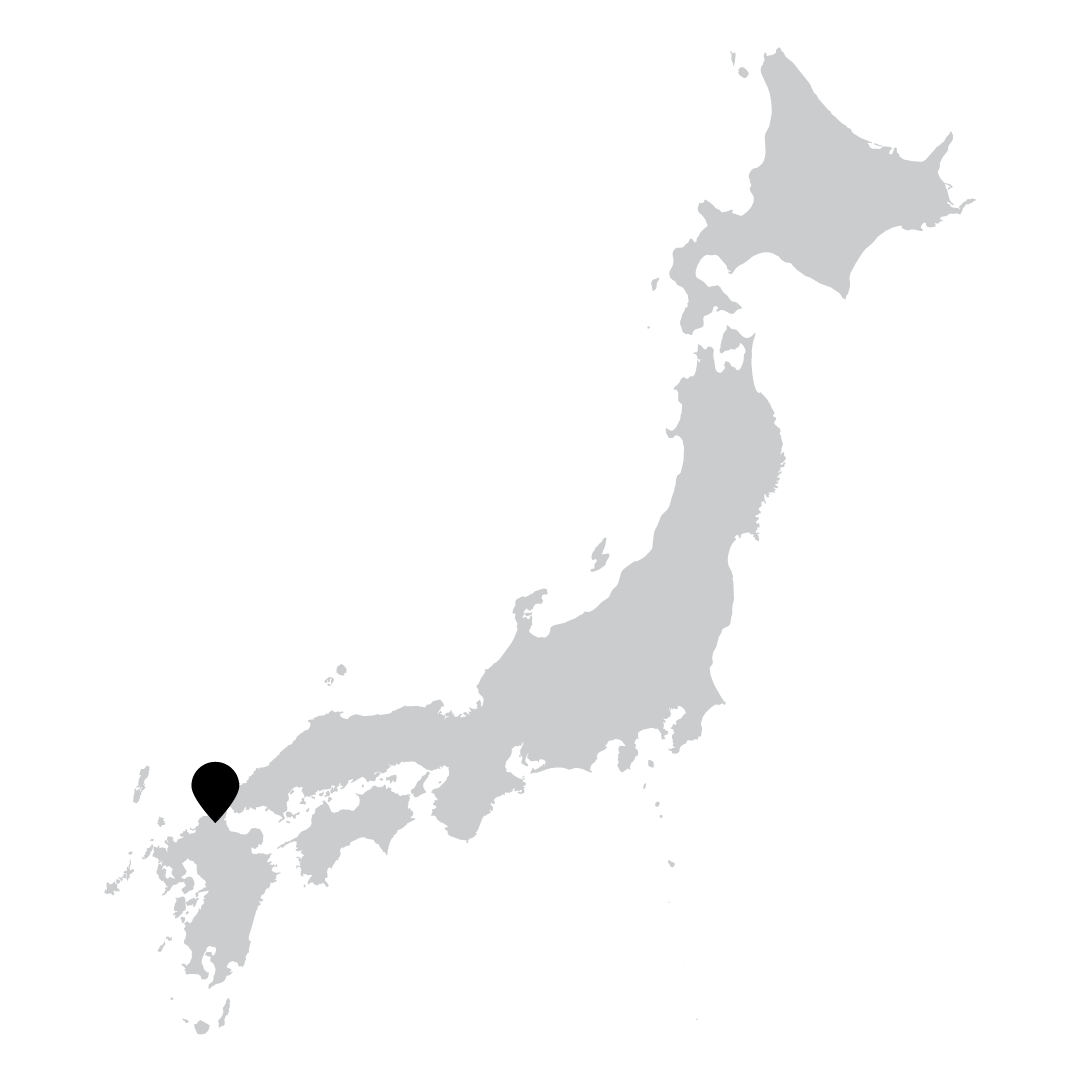
Hoshino, Village of the Stars
Everything was cool and damp, then an instant later, warm and buzzing. Suitable for tea, I thought.
Previous Vintages
2022 Vintage
Milky. Round. Sweet.
Reminiscent of Taiwanese Milk Oolongs, slightly herbal with prominent milk notes. Undercut with a pleasing tannin. Traditional rice straw and bamboo shaded, 100% hand-picked.
Light, young spring green color. Fatty, darker creme pulls to the center of the Usucha with airy light-colored foam around the edge of the bowl. Clean, open aroma and smooth aroma. Reserved in its character, polite and soft-spoken — yet direct and soulful, with a rich unsalted butter base and spring-water mid.
High notes are present - especially initially though subdued and pleasant. Base notes are downwardly weighted but airy. Soft raw almond. Damp and sunny, like a sun-shower — in this way, a yin heart uplifted by ample yang. The texture is oblong, leaving a cool coating on the tongue, lips, and back of the throat.
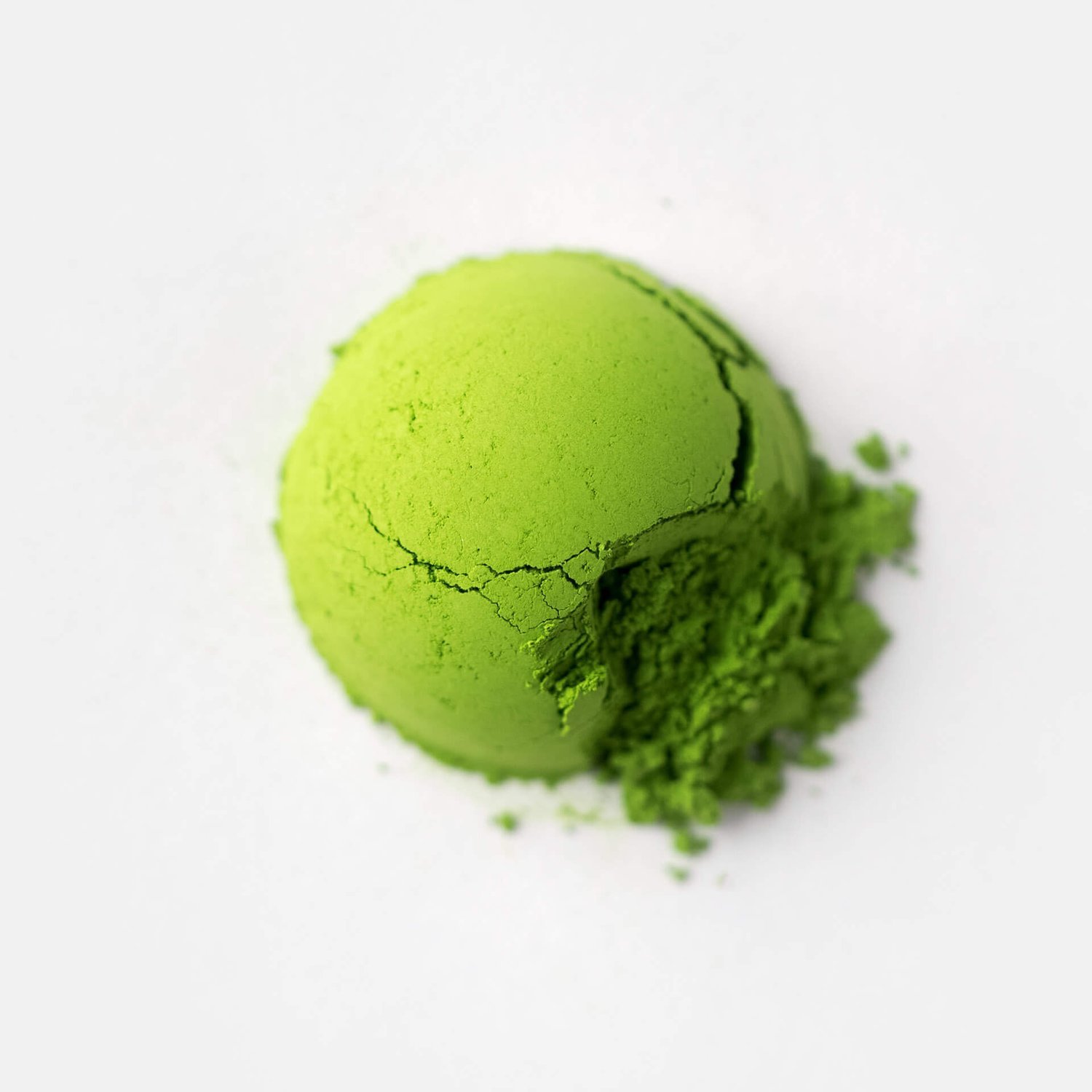
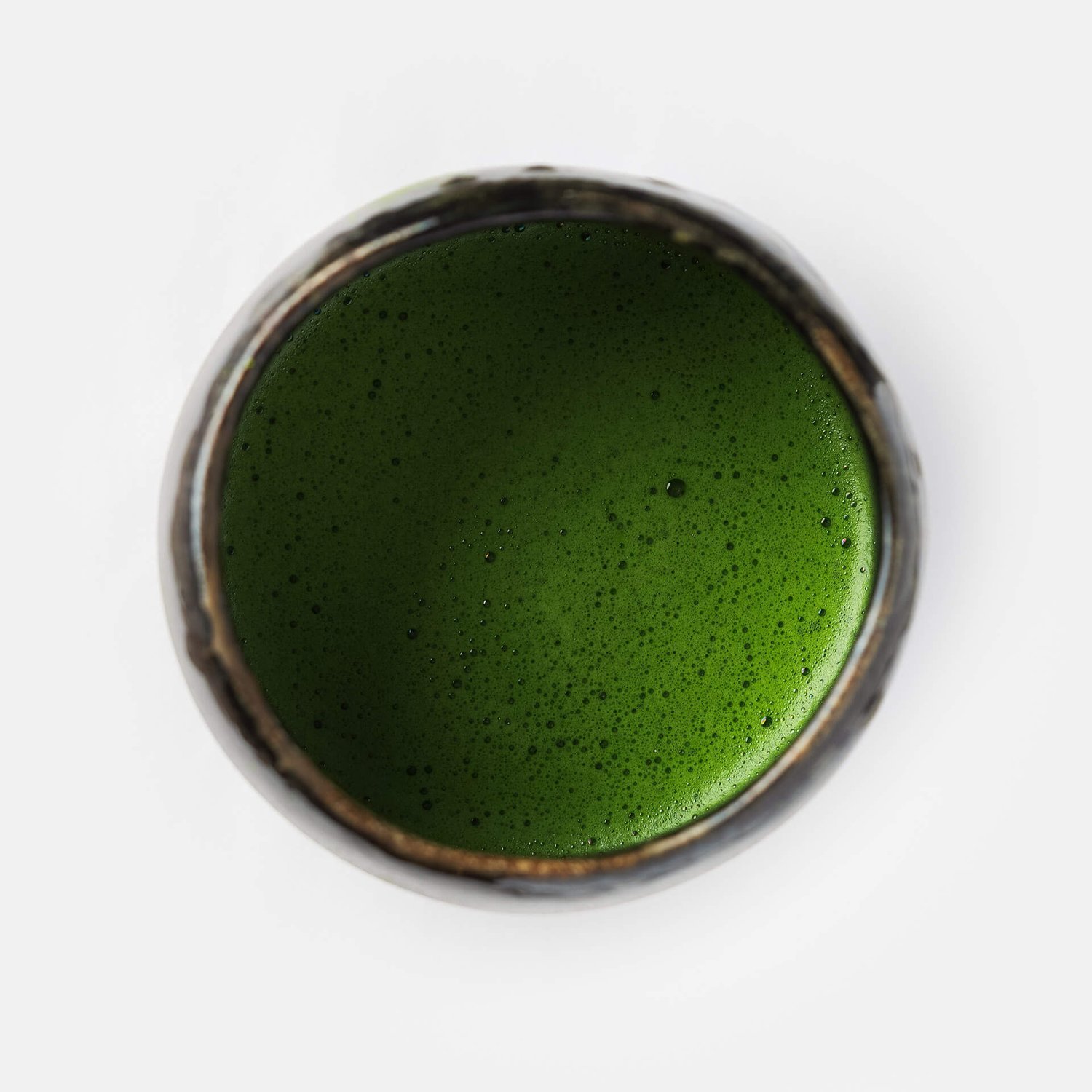
Matcha Safety
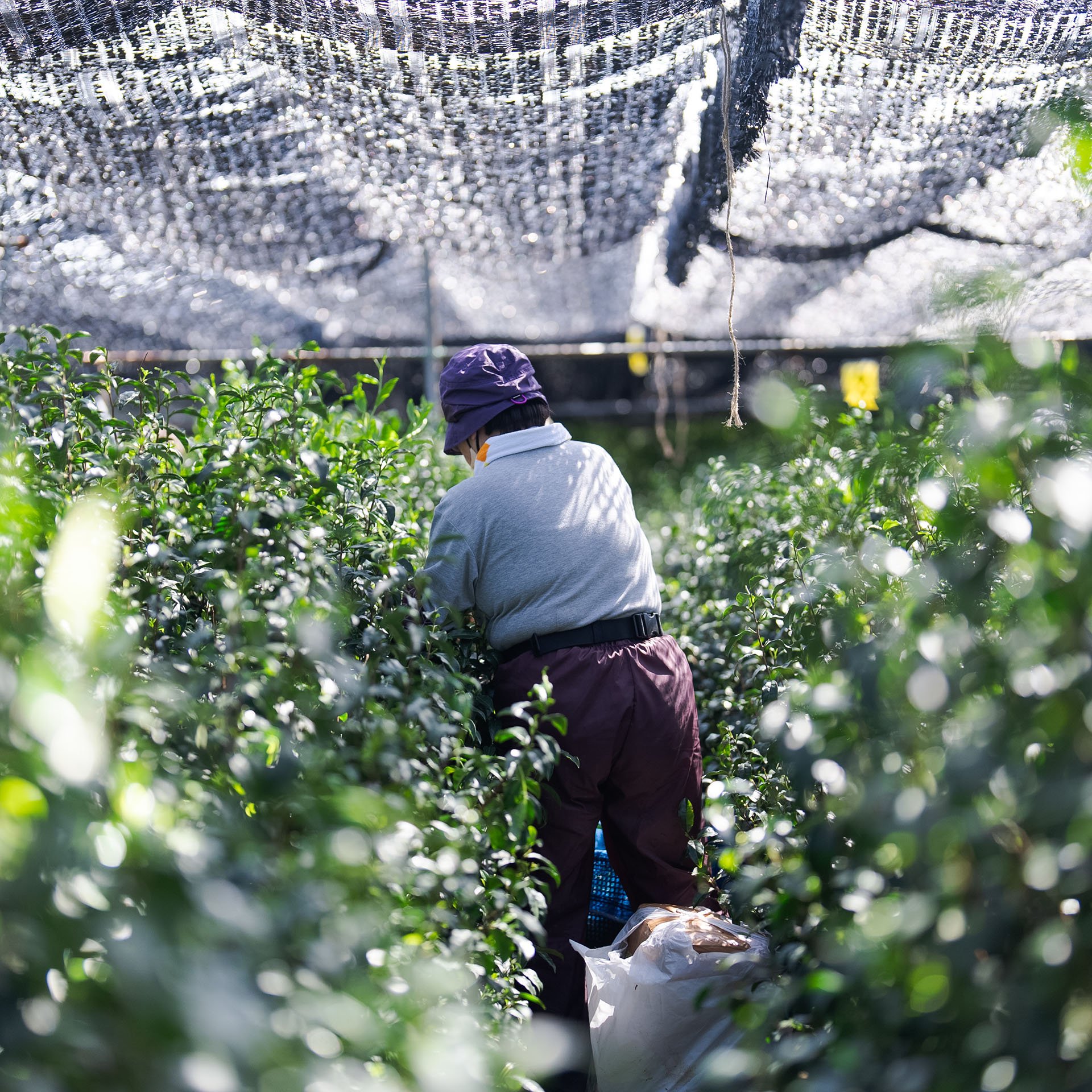
Ministry of Health, Labor and Welfare (MHLW) Requirements
As one of the healthiest nations in the world, Japan enforces exceptionally strict standards for radioactive substances, heavy metals, and pesticide residues in all food products, including matcha. Routine monitoring and targeted inspections ensure compliance with Japan's notoriously rigorous food safety regulations. Distribution of food items that exceed any limit are prohibited. You can learn more about these regulations from Japan’s Codex Alimentarius and the Ministry of Health, Labor and Welfare (MHLW)’s website.





